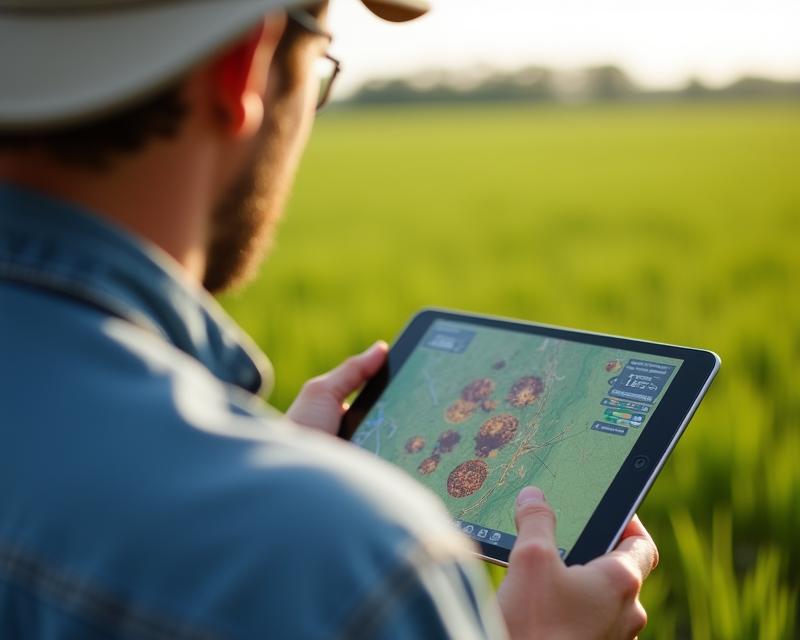Cover Crops: Soil's Best Friend
Publish in Sustainable Farming el 28/06/2025 22:18
Cover Crops: Soil's Best Friend
Cover crops are a vital component of modern sustainable agriculture, and increasingly recognized for their profound impact on soil health. Often overlooked in traditional farming practices, these plants are specifically grown not for harvest, but to protect and improve the soil during periods when it would otherwise be bare. They act as a living blanket, offering a multitude of benefits that contribute to a healthier, more resilient farm ecosystem.

What are Cover Crops?
Cover crops are planted after the main cash crop is harvested or during fallow periods. They come in a variety of species, each with unique characteristics and benefits. Common examples include rye, oats, clover, vetch, and radishes. The selection of the right cover crop depends on factors like climate, soil type, and the specific needs of the farm. The beauty of cover crops lies in their versatility – they can be tailored to address specific soil challenges.
Why are Cover Crops Important?
The benefits of incorporating cover crops are extensive. Firstly, they significantly reduce soil erosion by protecting the soil surface from wind and water. This is particularly crucial in areas prone to heavy rainfall or strong winds. Secondly, cover crops improve soil structure, increasing water infiltration and aeration. Their roots create pathways for water and air to penetrate the soil, leading to healthier root growth for subsequent crops. Furthermore, many cover crops are nitrogen fixers, meaning they can convert atmospheric nitrogen into a form usable by plants, reducing the need for synthetic fertilizers. This contributes to a more sustainable and environmentally friendly farming system.
Implementing Cover Crops
Integrating cover crops into your farming plan doesn't have to be complicated. A simple approach involves planting a mix of cover crop species suited to your region. Timing is key – planting after harvest or during fallow periods is ideal. Termination methods vary depending on the cover crop species; some can be crimped or mowed down, while others will naturally decompose when the next cash crop is planted. By embracing cover crops, farmers can build healthier soils, reduce input costs, and enhance the long-term sustainability of their operations. It's an investment in the future of your farm.





